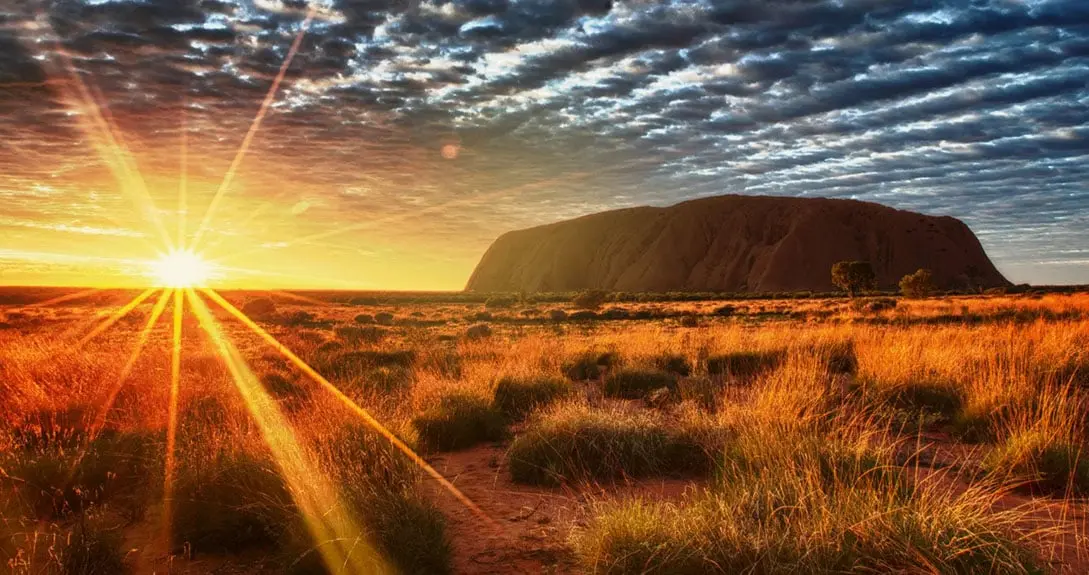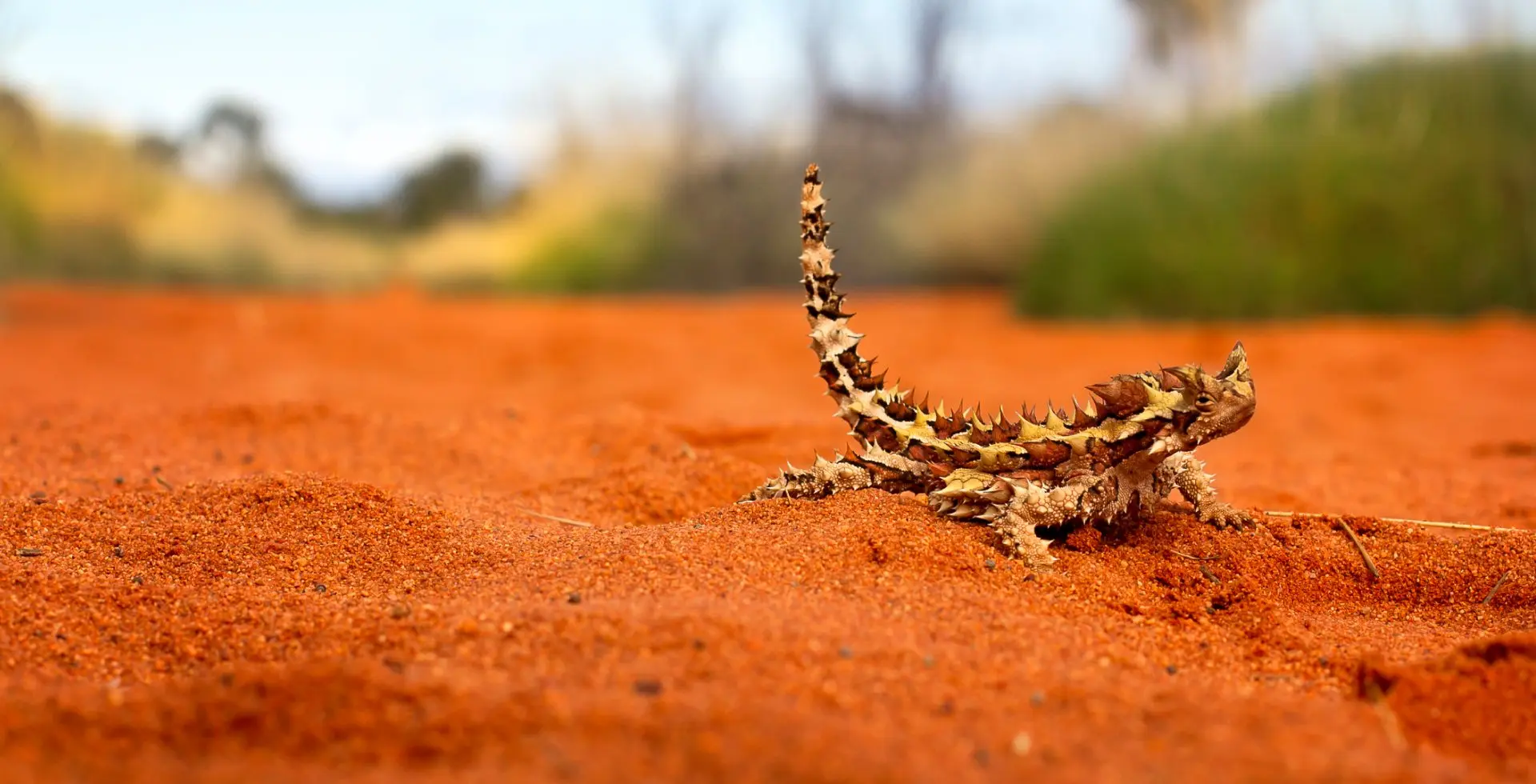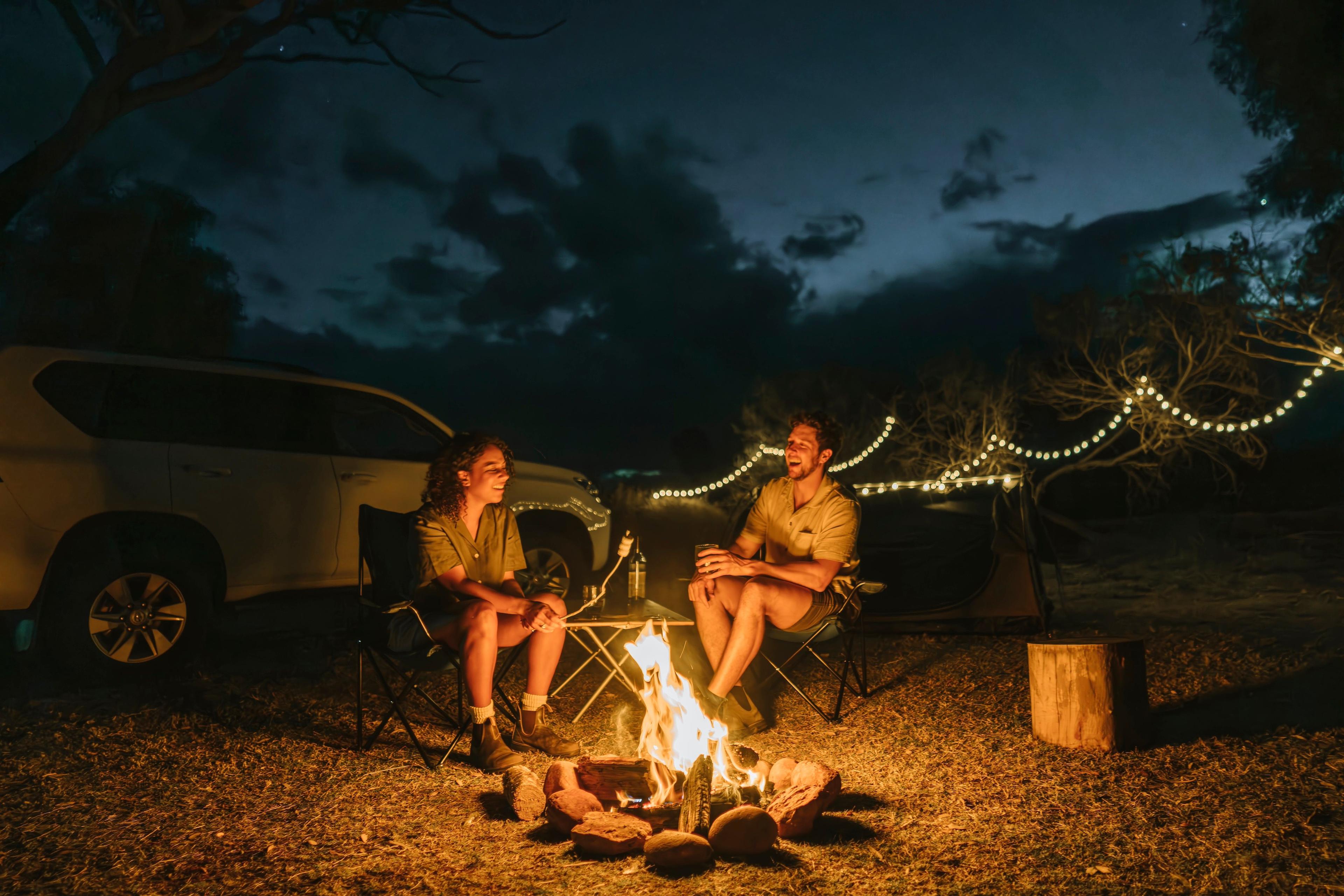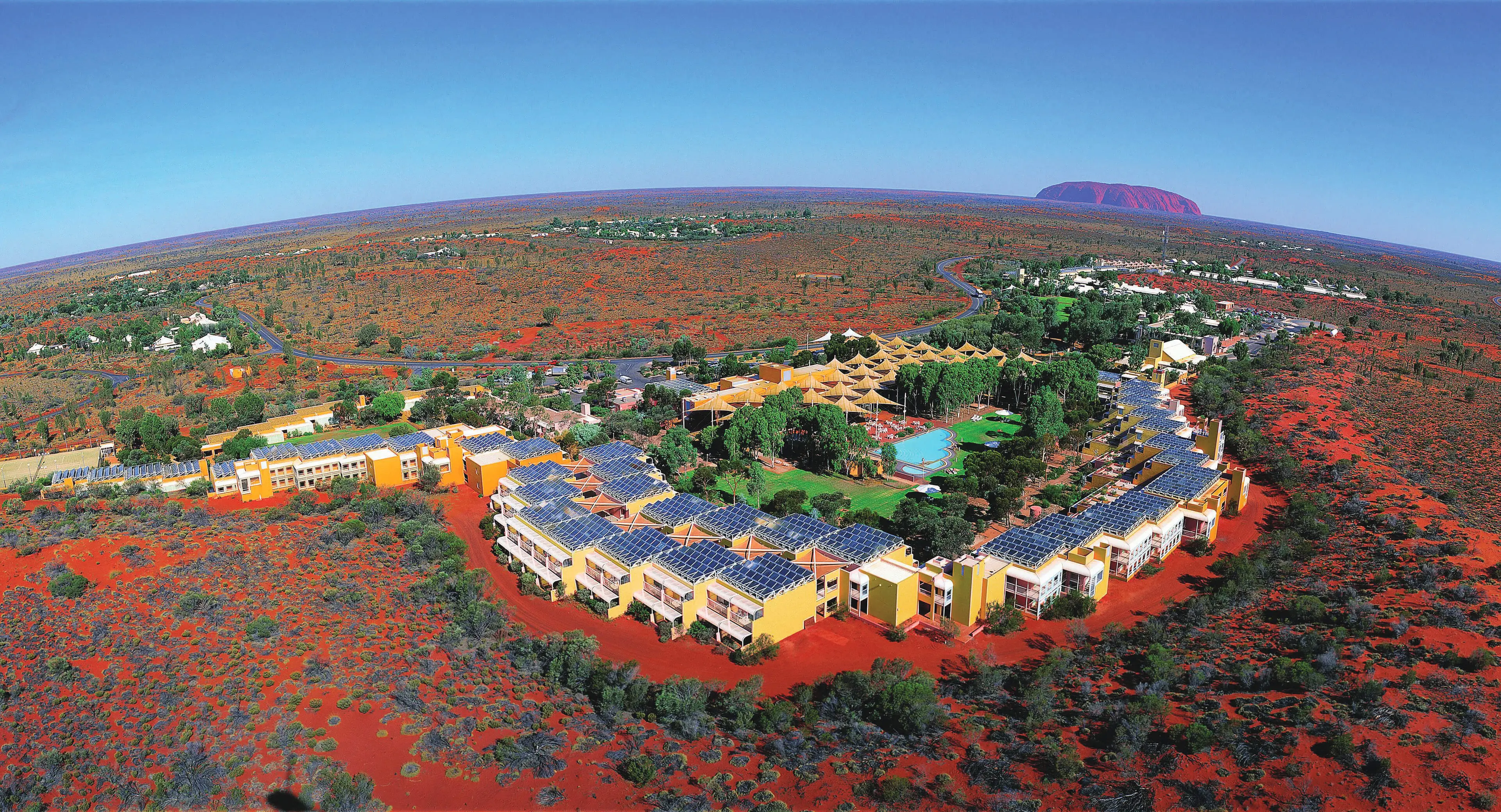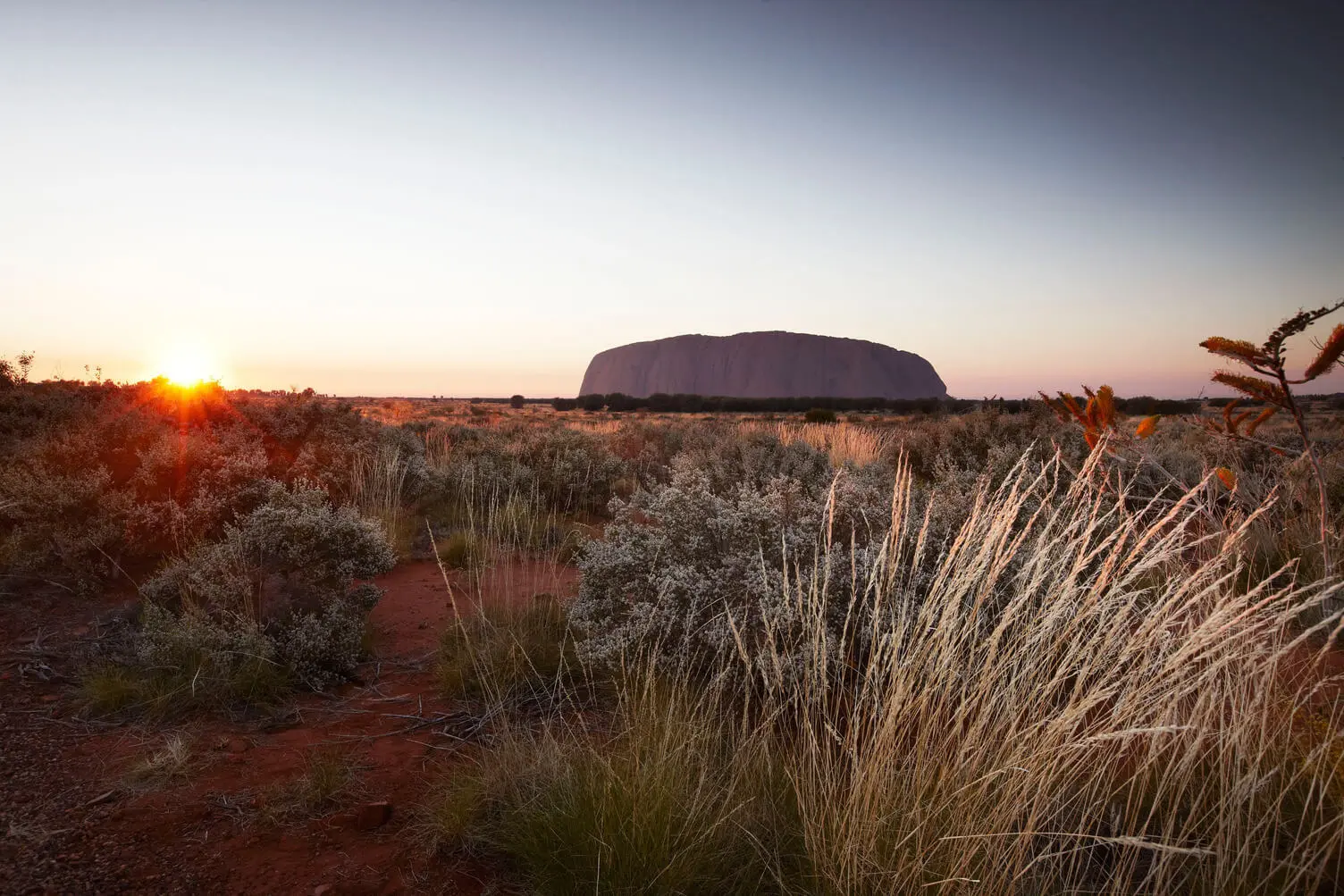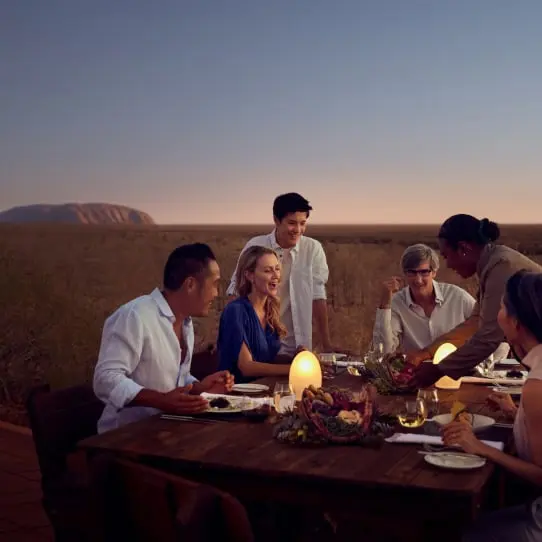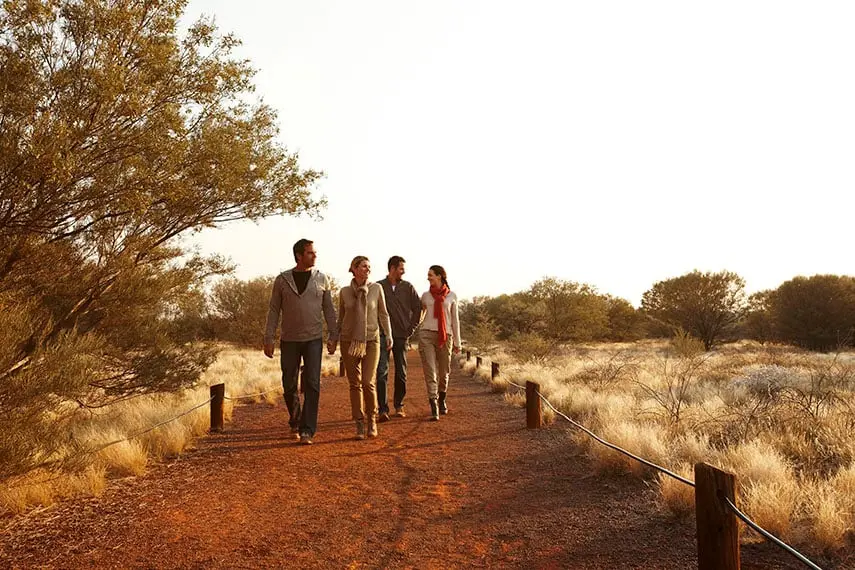Decoding the Red Centre Seasons
When planning your Uluṟu holiday, one of the initial decisions you'll face is: 'When should I go?' Understanding the Outback weather is key to planning the perfect trip. That’s why we're here to guide you through it with our comprehensive Red Centre travel guide.
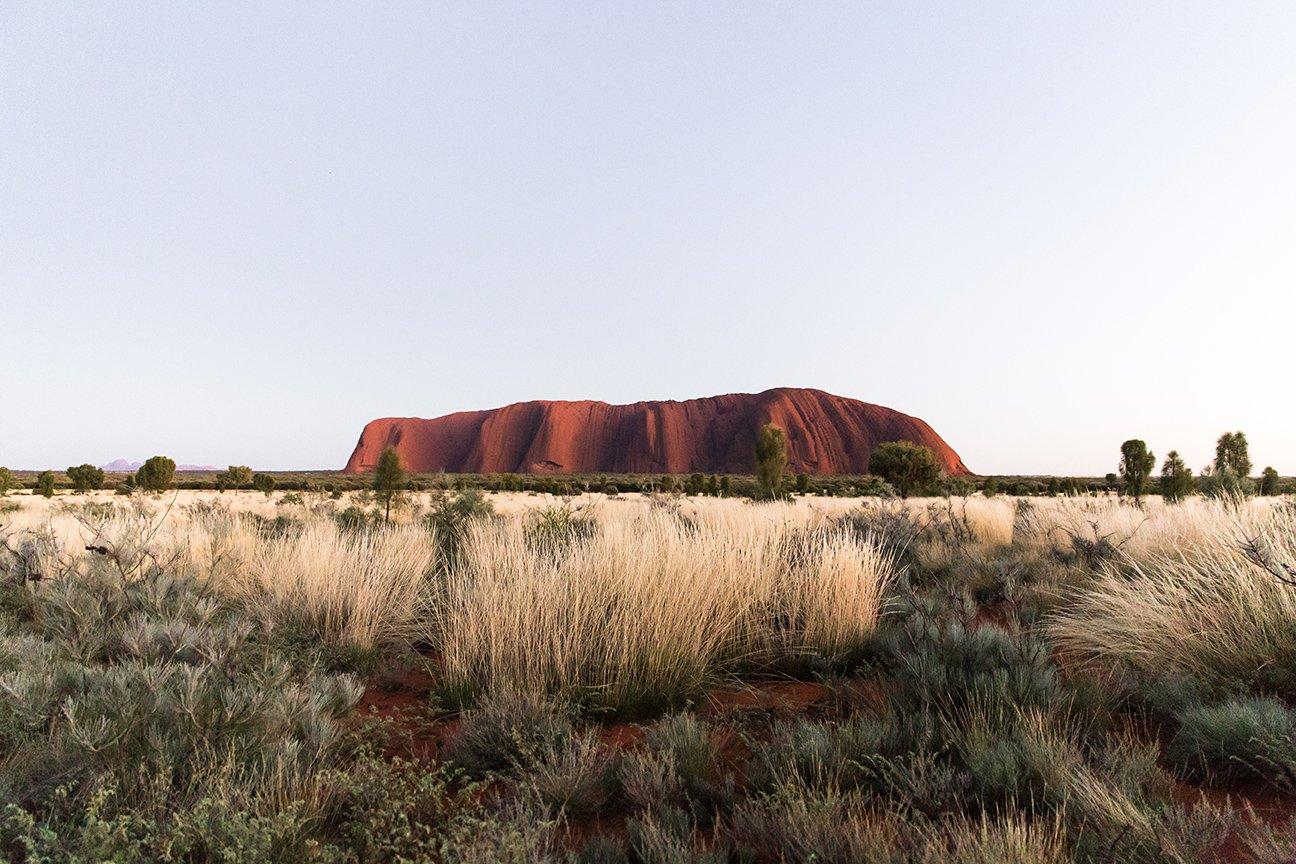
Red Centre Unveiled: Decoding The 5 Seasons Of Weather And Climate
When planning your Uluru holiday, one of the initial decisions you'll face is: 'When should I go?' Understanding the Outback weather is key to planning the perfect trip. That’s why we're here to guide you through it with our comprehensive Red Centre travel guide. Whether you're drawn to the fiery hues of summer sunsets or the milder days of winter, each season offers a unique perspective on this iconic destination. Dive into our expert tips to uncover the perfect time for your journey to Uluru, and let’s start planning an unforgettable trip to the heart of Australia's breathtaking Red Centre.
What Type of Climate Surrounds Uluru in Australia's Red Centre?
Uluru-Kata Tjuta National Park is located in the heart of Australia's Red Centre and is characterised by its distinct desert climate. This means you can expect plenty of clear, sunny skies year-round, making it a prime destination for stargazers and outdoor enthusiasts. Thanks to typically clear skies, Uluru and Kata Tjuta are stunning at sunrise and sunset, and there are special viewing platforms around the park to snap photos. The clear skies also make for incredible views of Uluru from above with a helicopter tour, and amazing opportunities to view unique experiences like Sunrise Journeys, Ayers Rock Resort’s newest laser, light, and sound show.
The region receives low average rainfall, contributing to its dry landscape, but it's a sight to behold when the rain does fall in the Outback. Only 1% of visitors who visit Uluru get the chance to see the iconic monolith’s colours turn a deep red as rainfall cascades over the rock. There’s nothing else like it in the world.

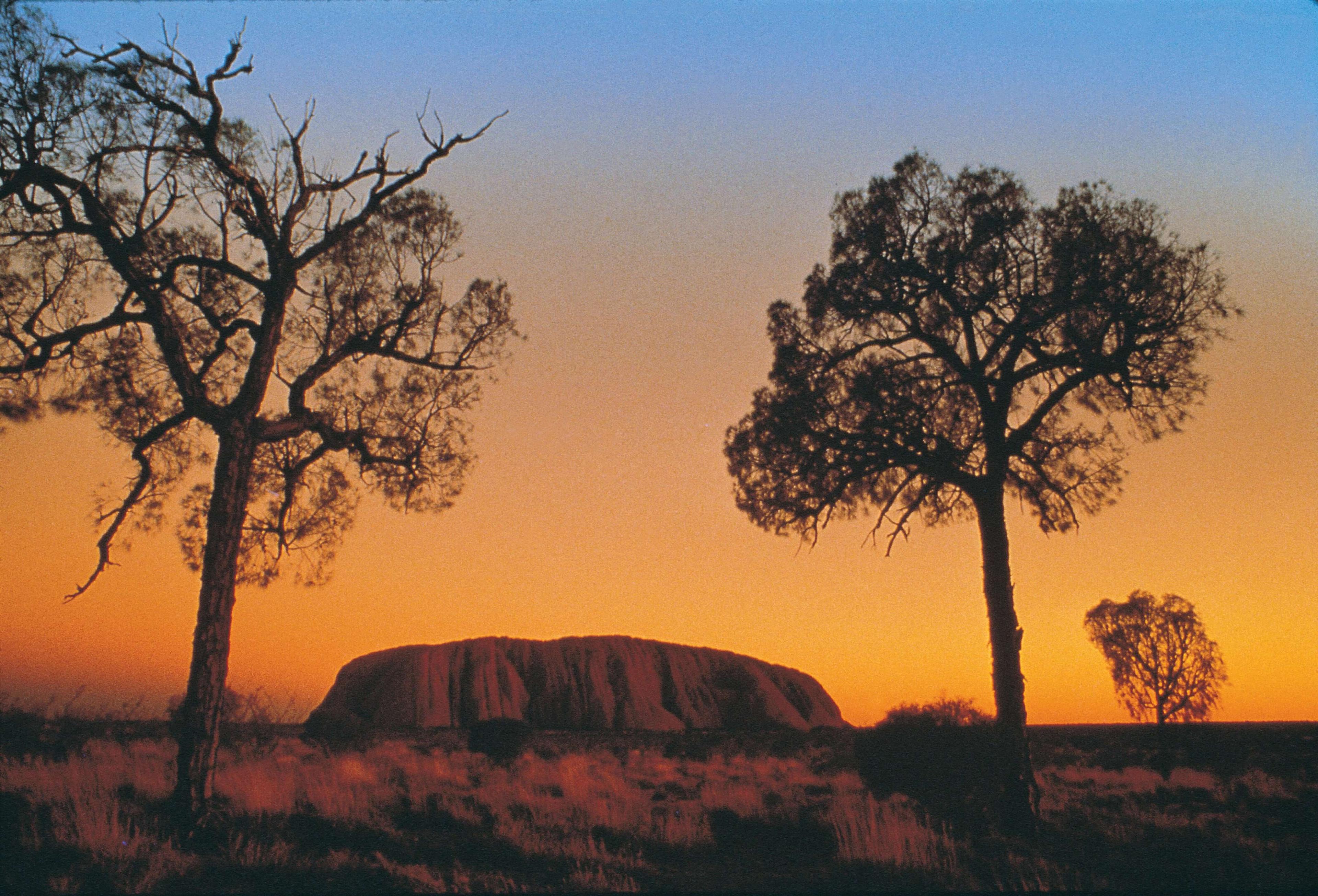
What are the Five Seasons of the Red Centre?
Anangu recognise five different seasons in the Red Centre. The warmer months bring extreme heat and rainstorms to the park, with temperatures often soaring well above 35 degrees Celsius. The middle of the year sees clouds, mist and morning frosts in the desert.
Piriyakutu/piriya piriya (August to September)
As the year progresses, the gentle and consistent Piriya winds blow in from the north and west, heralding the arrival of warmer days. With the rising temperatures, many reptiles awaken from their winter slumber, bringing new life to the landscape. Animals enter their breeding season, and native plants like the honey grevillea begin to flower. This is a wonderful time to see the park’s wildflowers in bloom.
Mai wiyaringkupai/kuli (around December)
This time of year marks the hottest season in Uluru-Kata Tjuta National Park, where temperatures soar to their peak. The intense heat is accompanied by dramatic storm clouds and flashes of lightning that light up the desert skies, sometimes igniting fires. Despite the buildup of storm activity, rain remains scarce, and the parched landscape often stays dry. The lack of rainfall means that food sources are limited, making it a challenging period for the wildlife that call the Red Centre home.
Itjanu/inuntji (January to March)
This time of year often brings much-needed rain to the desert. Storms can also roll in from other directions, stirring up gusty winds and causing temperatures to drop dramatically, providing a refreshing change from the usual heat. During this season, many native food plants burst into bloom. Rains create an abundance of fruits and seeds, transforming the region into a thriving hub of activity for both plants and animals.
Wanitjunkupai (April to May)
As the chill of winter returns to Uluru, the temperature begins to drop, and the landscape takes on a quieter, more subdued tone. Low-hanging clouds drift in from the south, settling over the hills throughout much of the day, though they rarely bring significant rainfall. The crisp air and overcast skies signal a seasonal shift, prompting the park's reptiles to retreat into hibernation. This is a time when the desert takes a breath, slowing down as it transitions into the stillness of winter.
Wari (late May to July)
This season marks the arrival of the cold weather in Uluru-Kata Tjuta National Park. Each morning, the ground is blanketed with nyinnga (frost) and kulyar-kulyarpa (mist or dew), creating a crisp and refreshing atmosphere, though rainfall remains scarce. The frost plays a vital role in the ecosystem, curing the grasses by drying and preserving them.
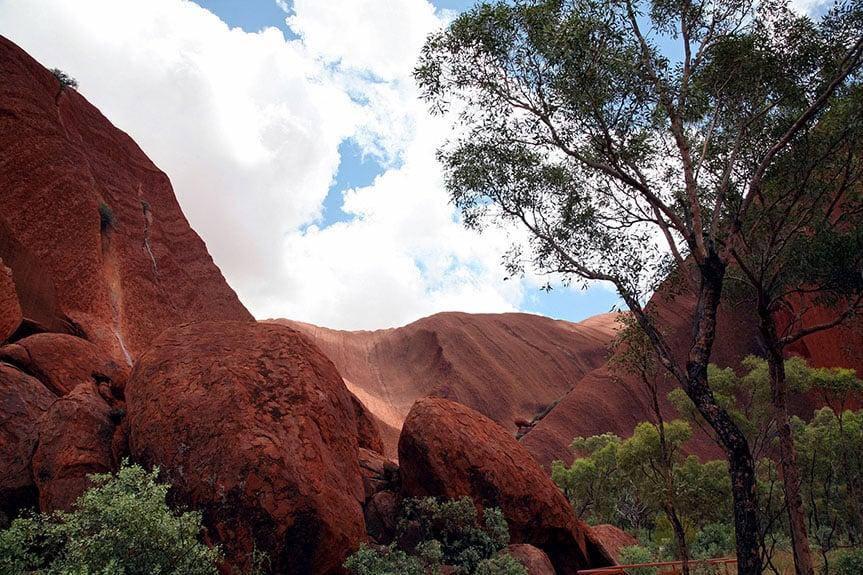

When is the Best Time to Visit Uluru?
Uluru and Kata Tjuta captivate visitors year-round, but the weather in Central Australia can vary significantly across the seasons.
The Red Centre is a year-round destination, offering a variety of experiences depending on the time of year that you plan to visit. Each season brings its own unique atmosphere, catering to a range of travel preferences and interests. From May to September, daytime temperatures generally range from a pleasant 20°C to 30°C, making it a popular period for visitors who prefer milder conditions.
If you’re keen on witnessing the park’s vibrant wildflowers, August and September are when many blossoms come to life, adding splashes of colour to the dry desert landscape.
October to March is when the heat is at its most intense, with daytime temperatures often hitting above 35°C. Travellers seeking a warm, resort-style holiday complete with poolside cocktails will love this time of year in the Red Centre. The hot season also brings dramatic storms and rain, transforming Uluru with flowing waterfalls and filled waterholes. If you’re hoping to join the 1% club, January is considered the wettest month with around 40 mm of rainfall.
One important thing to consider is if you have any seasonal experiences in the Red Centre on your bucket list. For example, Tali Wiru, our multi-award-winning four-course table d'hôte dinner, is only available between April and October.
Start Planning your Uluru Getaway
No matter when you choose to holiday in Uluru, you’re bound to have the trip of a lifetime. Start planning your getaway to the Spiritual Heart of Australia today.

